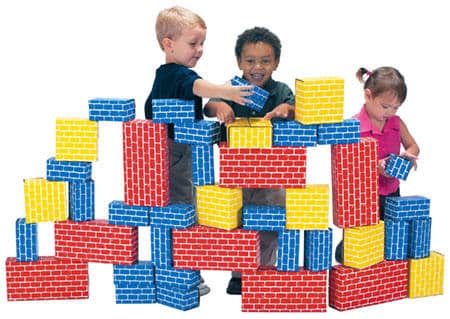
The way we navigate the world and manipulate the space around us, is crucial to problem-solving. While online programs help kids with learning basics like reading and math, offline playtime can create new learning environments that virtual worlds can’t.
Developing their spatial thinking from an early age helps our kids with critical math and science skills. Teaching our kids about dimensions, how shapes fit together and spatial awareness reinforces spatial skills and later math success.
Researchers at the University of Chicago came to the conclusion that young kids who understand how shapes fit together are also better at the use of a number line and solving computation problems. The study published last year in the journal Developmental Psychology, asked kids in grades one and two to select one shape from four that would correctly complete a square. The students that completed this task also scored the highest on a measure of mathematics ability at age eight.
So what can we parents do to help our kids with their spatial thinking? Playing with blocks and puzzles helps. Having conversations with our kids about objects as we play with them also helps, prompting them to observe and think about the world around them. Verbalizing terms such as ‘over’, ‘around’ and ‘through’ helps improve children’s spatial awareness.

